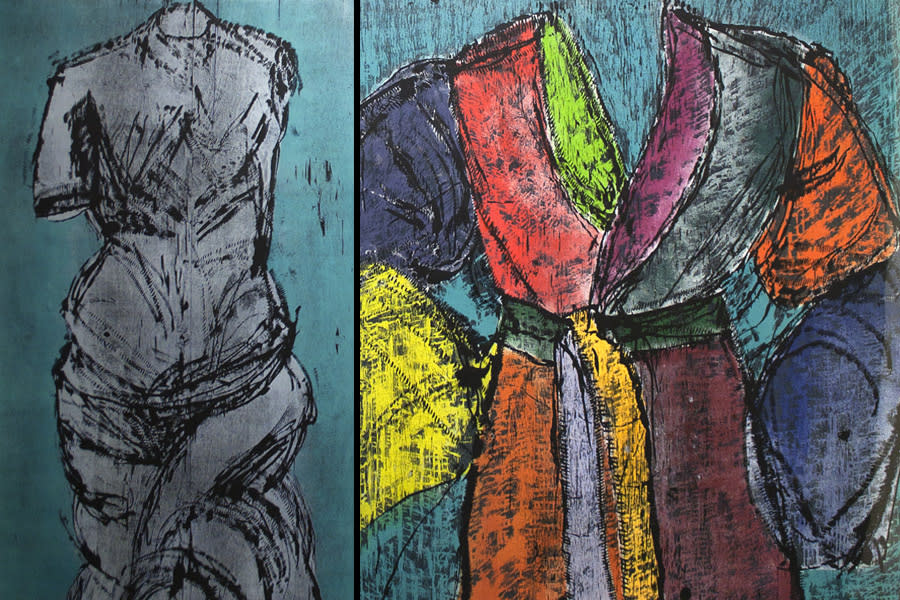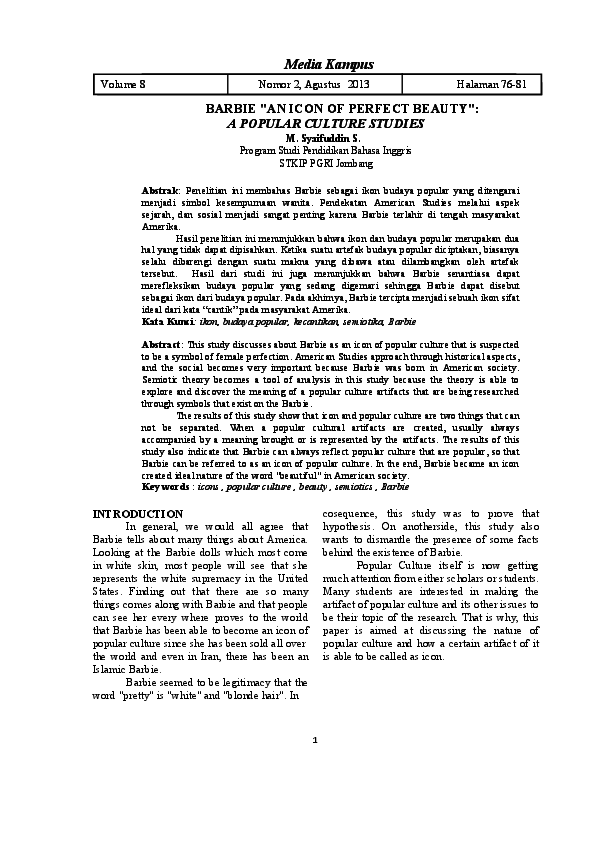
If you are curious about the internet, you may be wondering what memes are. Memes are collections that contain pictures with meaning. They are used often as a form or language. Memes are composed of text and an image, although sometimes a picture may be used as a standalone text. They can also comment on stereotypes and social constructs. Memes are often the result viral internet posts. So what are memes? And why are they so popular.
User-generated content
Mesmes can have many different effects. They can help increase brand engagement and recall. They can be relatable and relevant, which means they appeal to many people. Marketers need to create and design content that fulfills the needs of consumers in order make the most of memes. Marketers can increase their reach and improve brand performance by creating relevant, funny, and easily shared content. Marketing teams might create a meme about a particular product, brand, or service.
Another great use of UGC is customer advocacy. A brand may recognize a user for their advocacy and encourage them sharing their experiences. This gives the brand a sense of trust, and allows them to grow it. Memes can also be very useful because they take advantage of current events and trending topics. Memes can be used by brands to enhance their marketing strategy. However, brands should be careful to balance the use of memes with the brand's other marketing efforts.

Self-replicating
Memes are cultural entities that reproduce and can be stored in the brains of people to transmit ideas or behaviors. The same way that genes jump from body to body, memes use the energy of their hosts to multiply. As such memes can benefit or harm their hosts. In other words, memes can spread viral infections by reproducing themselves. The spread of memes within the human brain can mimic natural selection.
The concept of "self-replicating memes" is both metaphorical and real. The memetics world accepts absurd ideas and the ones that reproduce are regarded as true theories. Memes can either be harmful to or positive for the host's life, or they can coexist. How does it work? What are their roles? Here are some theories regarding memes.
Humor
The comic effect of memes is created by exaggeration and incongruity. The meme's image is an exaggerated contradiction to the text. This relatability makes the meme even more hilarious. The underlying message of a meme is that it mocks human resiliency and willpower in the face of temptation. A good example of a humorous meme is an image of a giraffe.
Children's faces are often perceived by young adults to signify discomfort or disgust. The original broadcast of "Friends," the television series, was aired in the childhoods of members of Generation Z. The images' humor appeals to this generation because it evokes simpler times. But older generations may not get the message behind a meme. This form of pandemic humor expresses the unique perspective of this generation. It can be interpreted as mockery of or satire of particular social issues.

Social commentary
Memes are a type of social commentary. Memes convey complex narratives in digestible formats, such as images and videos. Memes can be used to raise awareness and promote social activism. The memes can be used to teach students social commentary. Students can use images and videos to create artworks that express their views on a particular issue. Below are some ideas for teaching social commentary through the use of memes.
Internet memes are often humorous. Internet memes are often based on commercial imagery or pop culture. They then make a joke out of them. These memes can easily be used to make comments on social practices. The best memes reach large audiences quickly. There is much debate over the legitimacy of internet memes but they are often seen as forms political participation. The term "OK Boomer", which is popularly used for social commentary, is also widely used. Pepe is another popular social commentary example, as he's the comic book Boy's Club frog.
FAQ
What are some of the positive aspects of pop music?
Pop culture doesn't have to be bad. Pop culture is a great source of entertainment. Also, it helps people express their creativity. Pop culture can be used to promote artists' work.
In my opinion, the best thing about pop culture is that it brings people together. Everyone wants to watch the exact same shows. Everyone has a favorite song. Everyone likes the same movies. Pop culture allows us to connect.
The problem is that not all pop culture is healthy. Some films glorify violence, for example. Some television programs make fun of people who have mental disabilities. Some bands even encourage their fans to use drugs.
So what do we do when pop culture has negative aspects?
We should try not to allow pop culture to influence us. It should not influence us. It can pose a threat to our health. It can even lead to criminal activity. It can even affect our relationships.
Pop culture should be considered as a way to help or hinder society. Are they promoting positive values? Are people being influenced into doing bad things?
Lastly, let's ask ourselves if we are content with the world we live. What music do you like? What do we like about the TV shows we watch The clothes we wear
If we want to ensure the future of our children, we need to take responsibility for what we do. It is up to us to choose the kind of world that we want. We can then choose the right pop culture.
What is some pop culture from 2020?
The music industry is changing quickly. This year saw artists like Travis Scott, Post Malone, Billie Eilish and Billie Eilish reach number one on Billboard’s Hot 100 Chart. This was a remarkable achievement for any artist.
The same is true for streaming platforms. Spotify reported that they streamed over 10 billion hours of audio content last year alone. This is 5x the amount of audio content Spotify users listen to today, compared to just five year ago.
This has resulted in a major shift in the way people consume media. People now spend most of their time-consuming content rather than creating it.
All age groups, including toddlers and retirees, have access to audio content. Anyone can record, edit, mix and release their music.
To play your favorite song, it doesn't matter if you go to university to study classical instrumentsation. It's easy to download an app and add your voice. Then upload the videos to YouTube.
You don't have to be a musician, but you can watch others make it. You will find many channels dedicated to creating videos of songs from covers to parodies.
What does pop culture teach us?
Modern society places more emphasis on material possessions than other things. This is especially true of young people. They spend hours daily looking at screens. They look at screens and watch videos, as well as play video games and surf the Internet. All this distracts them and makes it difficult to focus on school work. As a consequence, they often fail classes.
It is a world where everyone wants in. That means being popular. Popularity depends on having money, clothes, and other possessions. This makes it easy for some people to do wrong.
We are too dependent upon technology. Technology has given us access to all kinds of information. Not all information is correct. Many false rumors circulate on the Internet. These rumors spread quickly as people share them via social media. It's easy just to post something and not verify its authenticity.
People are losing their ability to think critically. They believe whatever they read on the Internet. They believe what they read in magazines or on TV. They stop thinking for and about themselves. They follow the crowd instead.
Relying on others for information can cause us to lose control of our lives. Pop culture teaches that we should depend on other people. It can also make us lazy. The truth is out there, but we don't always find it.
What is pop media culture?
Pop culture is all around. It is everywhere: TV, radios, films, music, magazines and newspapers, websites, social media, etc. We are surrounded by it 24/7. It is everywhere, including our clothing, food, language, politics, religion, and music. What is pop culture exactly? According to Wikipedia, "Popular culture (or popular culture) refers to the products and ideas produced for mass consumption in society." Many people assume that the term covers television shows, movies music, fashion and other forms entertainment. Pop culture encompasses much more than entertainment. The term describes anything consumed by the masses, such as video games, sports, toys, clothing, fast food, political campaigns, and many others.
What is pop culture of today?
Pop Culture is the 21st century's art form. Pop Culture covers all aspects of popular entertainment. It includes music, film, TV, video game, fashion, advertising, comics and so on. Author Neil Postman coined the term in his book Amusing Ourselves To Death (1985). Pop refers to mass communication that uses formulaic and cheap tricks to create an illusion or spontaneity.
He noted, however, that many people do not feel true enjoyment due to their conditioned desire to find media experiences that make others feel superior. He claimed that young adults have lost their ability to think critically due to this type of cultural expression.
Pop culture can also be referred to by the terms popular culture or consumerism.
Who first coined the term Pop Music
Frank Zappa invented it. He coined the term "pop music" to describe his musical style.
He said that he wanted music to appeal to everyone. This is why he called the music "pop music".
Zappa also invented the phrase "You Know It's Pop when ..."", which signifies that something is popular if there are many people who enjoy it. Michael Jackson's Thriller albums are among the most-sold.
Zappa has a different definition of pop music than we do today. Pop music encompasses all types of music. However, in the past, only certain genres of music were considered to be pop.
What is Tik Tok pop culture like?
Yes! It's not for teenagers. Anyone can use these short videos to show how they feel, express themselves, and share life moments with friends.
Every day, the app is used by over 200,000,000 people worldwide. This number continues to grow by millions every single day.
TikTok is a great way for brands to connect and create meaningful relationships with consumers.
TikTok is also home for many influencers who have built huge followings. These creators create original content and engage audiences around the world.
So what are waiting for? Here are four methods to capitalize on this trend.
-
Make viral content
-
Engage Influencers
-
Use Visuals Effectively
-
Get creative with your audience
Statistics
- Latinos represent roughly 19% of the U.S. population. (npr.org)
- Recently, the market share across Western Europe has ranged from 60-75% (Hopewell, 2013). (socialsci.libretexts.org)
- In 1987, US films captured 56% of the European film market. (socialsci.libretexts.org)
- Less than a decade later, that statistic rose to 90% (Dager, n.d.). (socialsci.libretexts.org)
- For example, the term hater meaning someone who strongly undermines or criticizes others, often due to pathetic jealousy, likely emerged from hip hop culture, such as the term playa hateras, used by influential rapper Biggie Smalls as early as 1995. (simplicable.com)
External Links
How To
What is pop music in movies?
Popular Movies Culture is a collection of all things entertainment including books and magazines, newspapers, television programmes, websites, blogs social media, apps, games and more.
There are many types of movies: drama, horrors, comedy, action/adventure and fantasy. Science fiction, romance, thrillers, war, documentary, animated, and westerns.
Movie plots usually follow a predictable sequence of events that leads to a satisfying ending.
Films' success is dependent on how closely they follow this formula.
Some common plot points are:
-
A protagonist who has to overcome obstacles in order achieve his/her goal.
-
The antagonist opposes the protagonist throughout film.
-
The protagonist must make a moral decision in a moral dilemma
-
A twist ending that transforms everything
If your story does not fit in one of these categories you might need to reevaluate or outline your idea before you write.
You'll want to pay special attention to the following questions:
-
How do I establish my setting?
-
What does my protagonist desire?
-
Why should readers care about my story
-
Where is my story taking me?
-
Who is my main character
-
Is there any conflict?
-
What is the climax
-
What is my resolution
-
Is the ending happy?
-
Do I want to introduce characters?
-
Are there multiple settings for my story?
-
Are there subplots available?
-
Are there any major themes?
-
Can I tell a complete story within just one chapter?
-
Can I use dialogue effectively?
-
Is my language clear?
-
Is my vocabulary appropriate for the context?
-
What if I have used active voice, instead of passive?
-
Are there spelling or grammar errors?
-
Is my grammar correct?
-
Are there too few adverbs in English?
-
Is there anything I could do to improve this?
-
How do you feel about my first impression after editing?
It is your job to not only write a great book, but also to publish it.